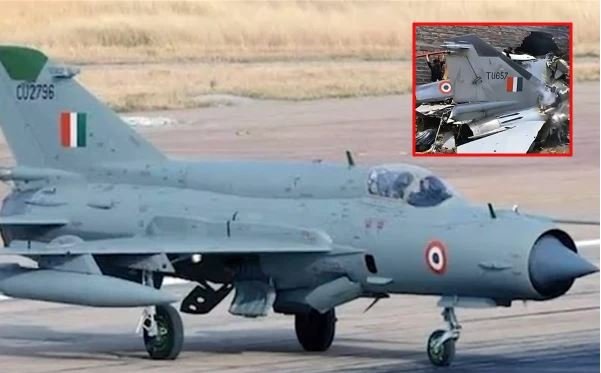
The True Post (Web News)In a startling revelation that raises serious questions about the combat readiness of the Indian Navy, defence analysts have disclosed that India continues to rely heavily on warships as old as 62 years, despite rapidly evolving regional threats and modern warfare demands.
At the center of the concern is the INS Viraat, commissioned in 1959 by the British Royal Navy and later inducted into the Indian Navy in 1987. Although the ship was decommissioned in 2017, several of its companion vessels from that era — including frigates and patrol ships — are still active, highlighting the aging backbone of India’s maritime defence.
Recent reports have revealed that over a dozen frontline warships currently in service were either commissioned in the 1980s or earlier. These outdated vessels not only suffer from frequent technical failures, but also lack modern defense capabilities such as missile shielding, stealth technology, and integrated electronic warfare systems.
Retired Indian Navy officers and independent analysts have sounded the alarm over the Navy’s outdated assets, warning that in the event of a high-intensity conflict — particularly with technologically superior adversaries like China — these old warships would become floating liabilities rather than strategic assets.
“This isn’t just a matter of prestige, it’s a matter of national security,” said Admiral (Retd.) Arun Prakash. “Our adversaries are advancing rapidly while we’re still patching up Cold War-era machinery.”
India’s defence modernization programs have long been plagued by bureaucratic delays, cost overruns, and corruption scandals, leading to a growing gap between strategic ambition and operational capability. While plans for new indigenous warships and submarines are underway, experts argue that they are not progressing fast enough to bridge the critical readiness gap.
Moreover, the Navy’s shortage of modern submarines, advanced destroyers, and aircraft carriers has become more pronounced as regional players like China and Pakistan continue to enhance their naval capabilities.
Adding to the urgency is India’s ambition to position itself as a blue-water navy — a force capable of operating globally across deep oceans. Analysts argue that such goals are untenable unless India overhauls its procurement processes and prioritizes indigenous technological development.
